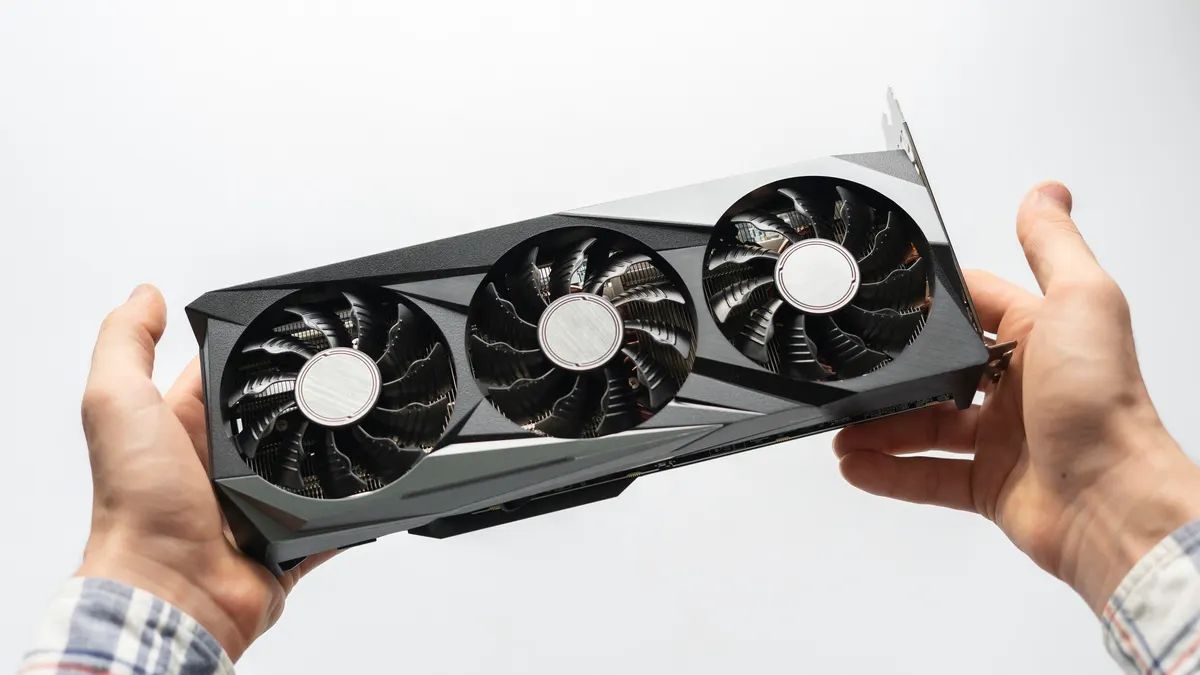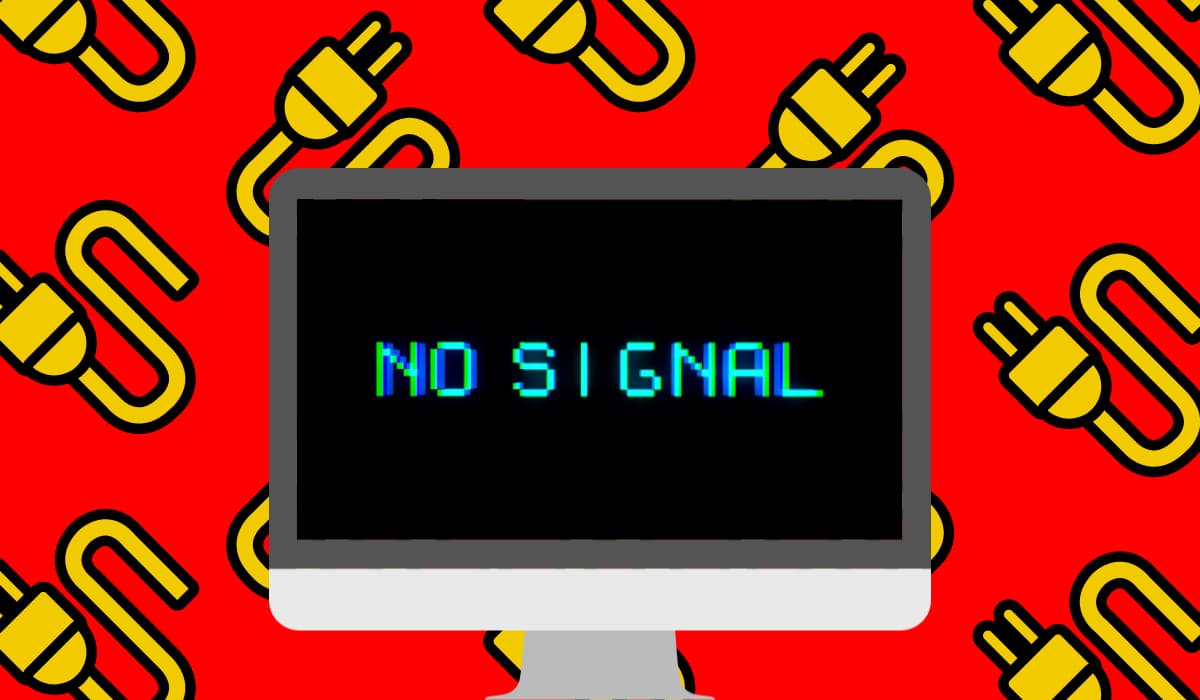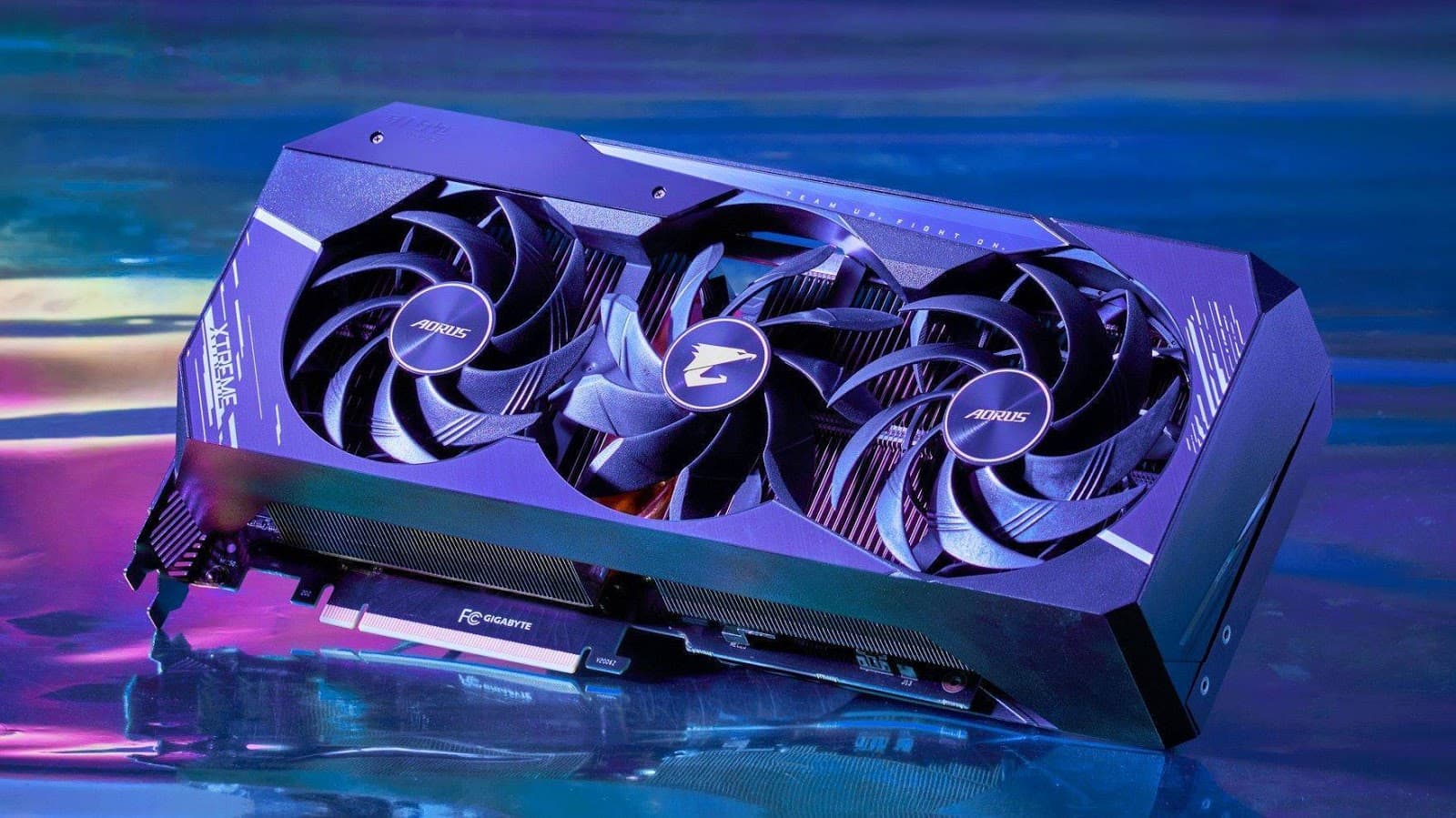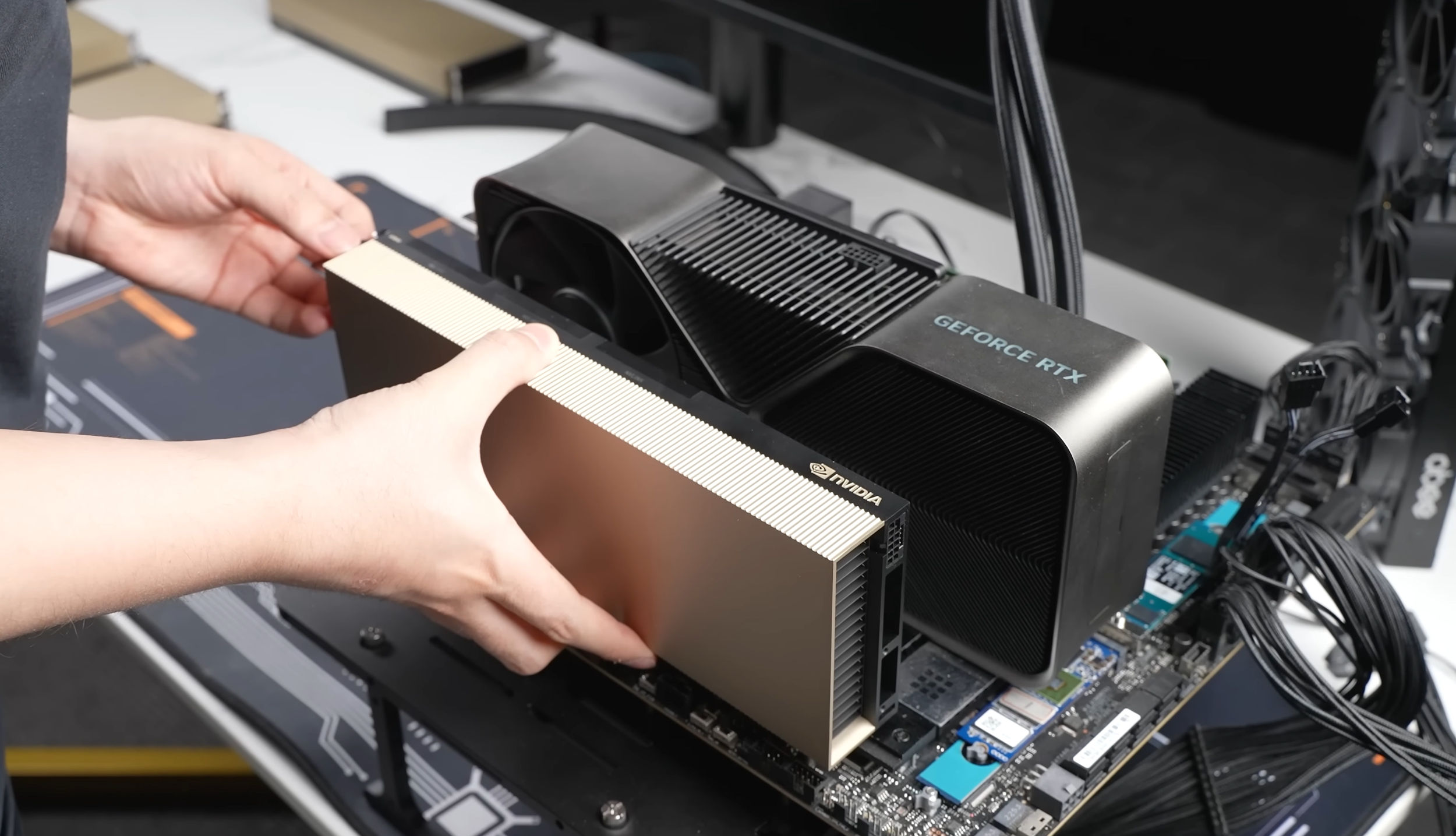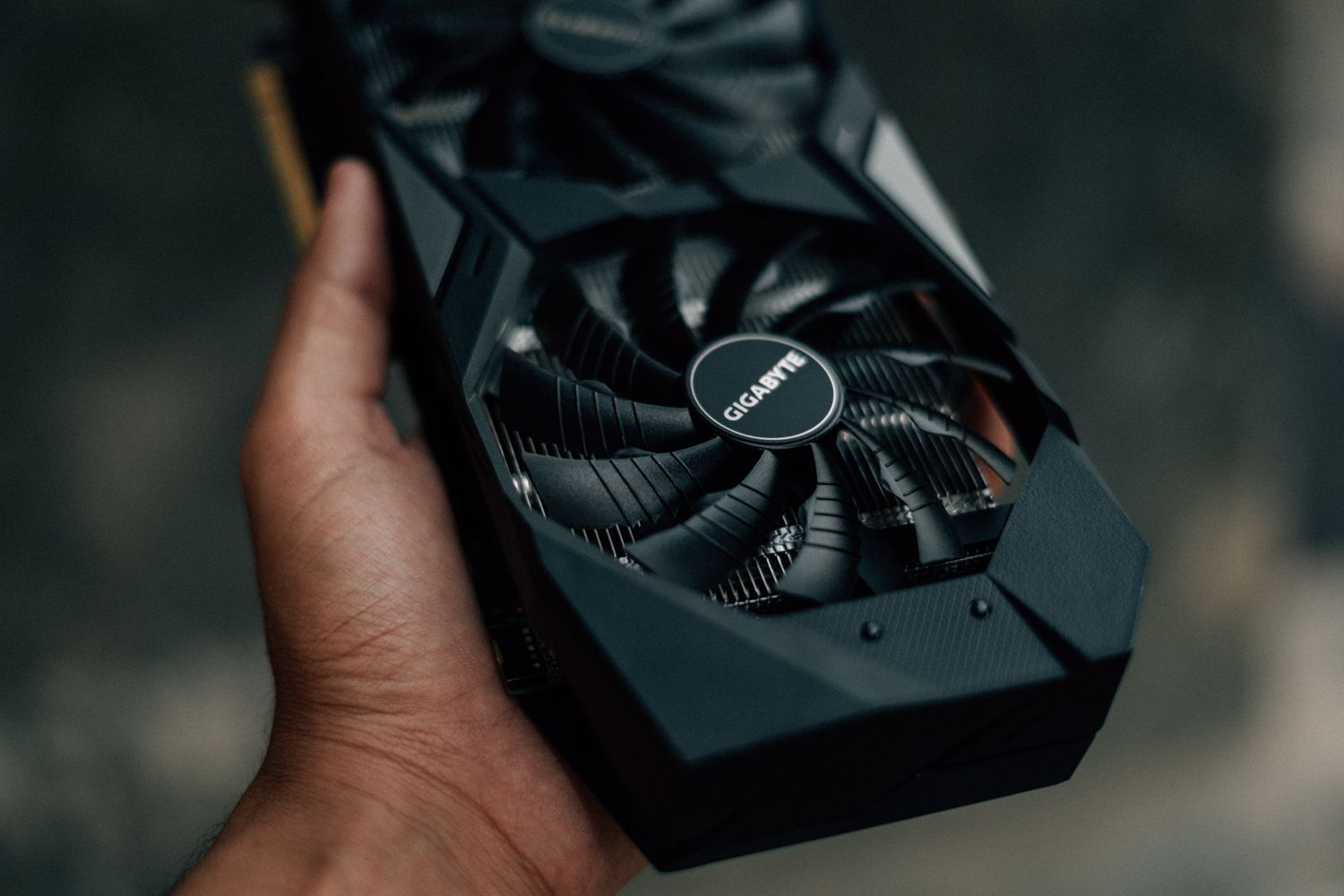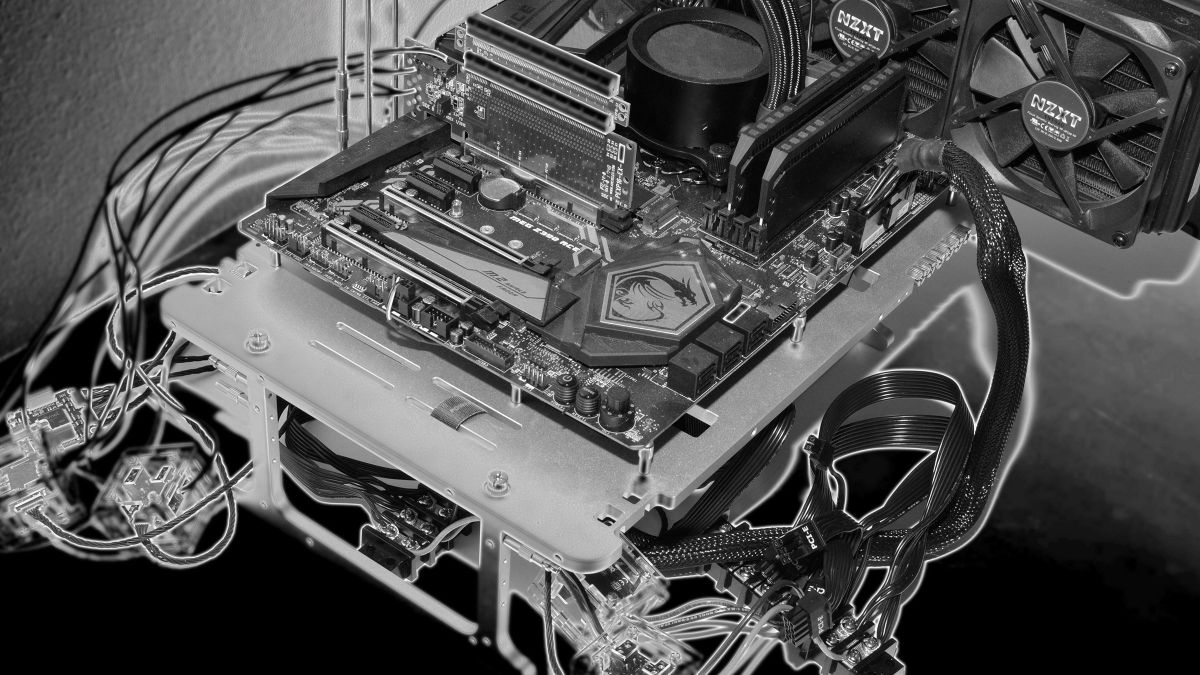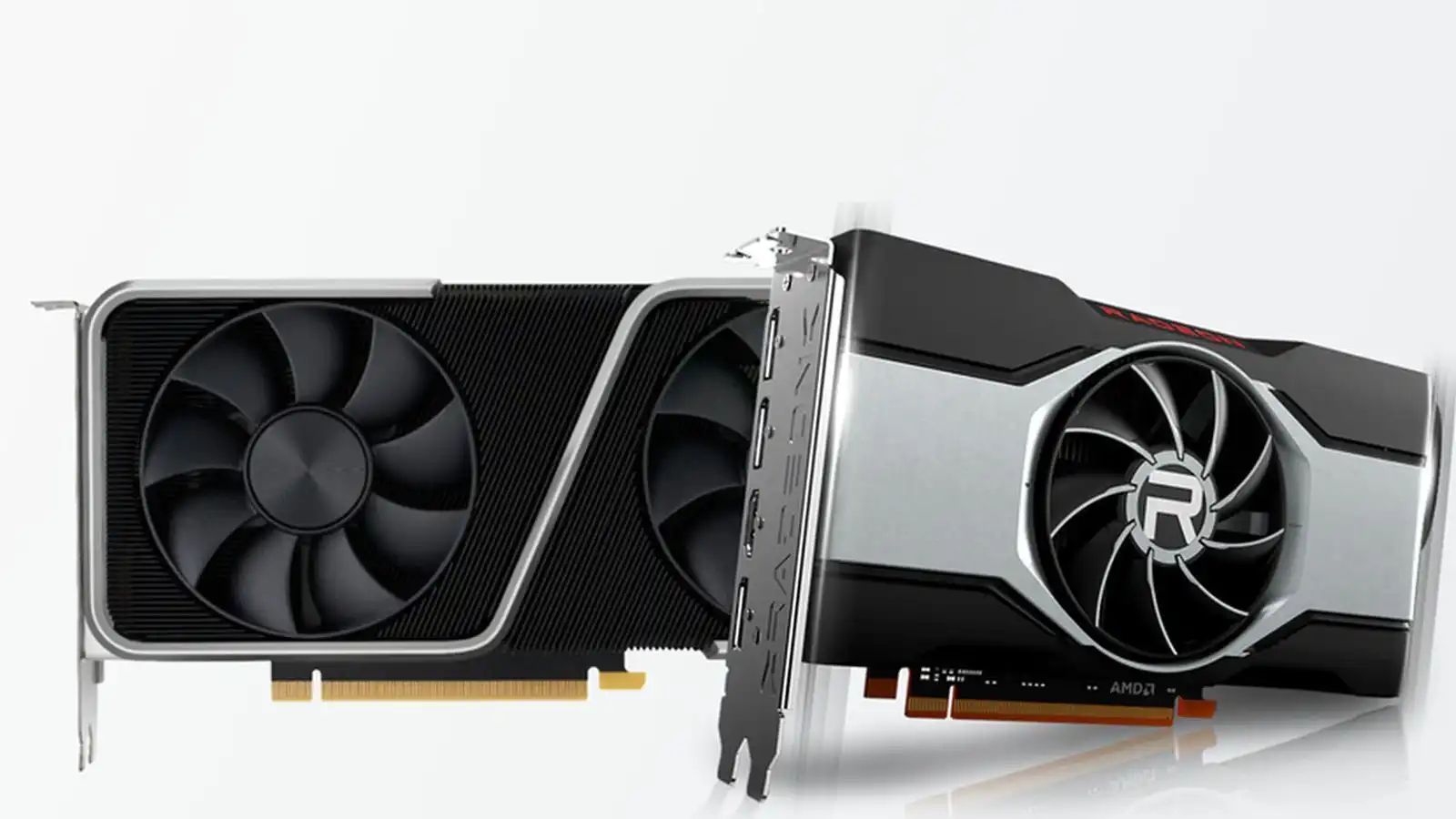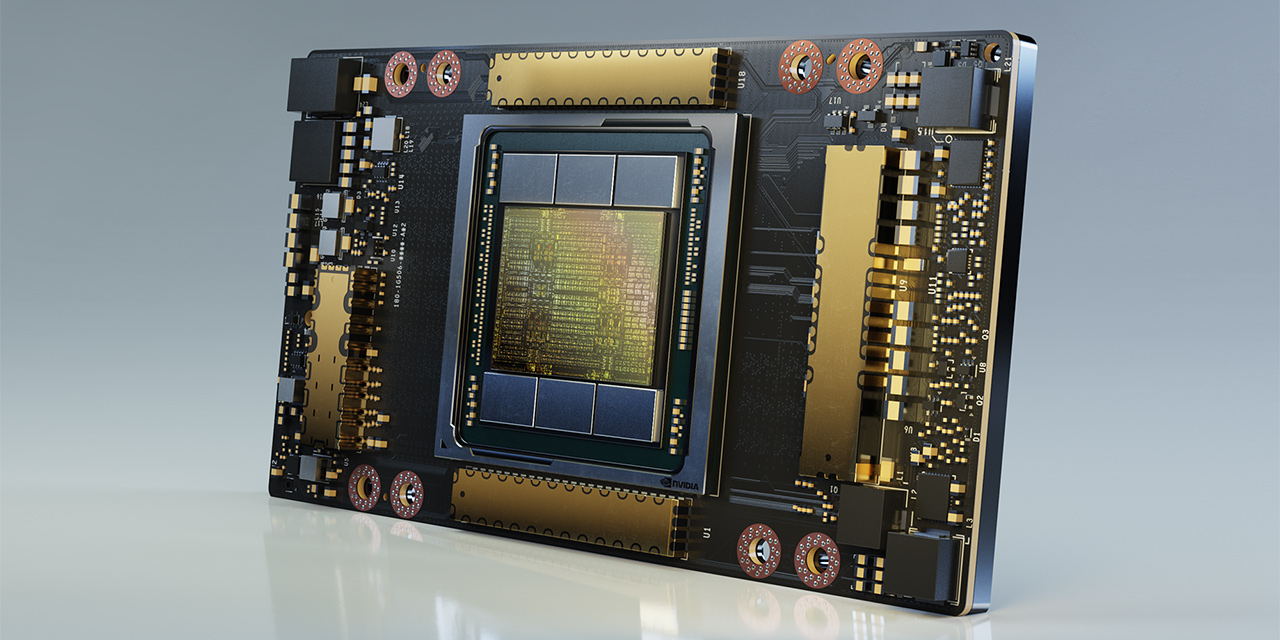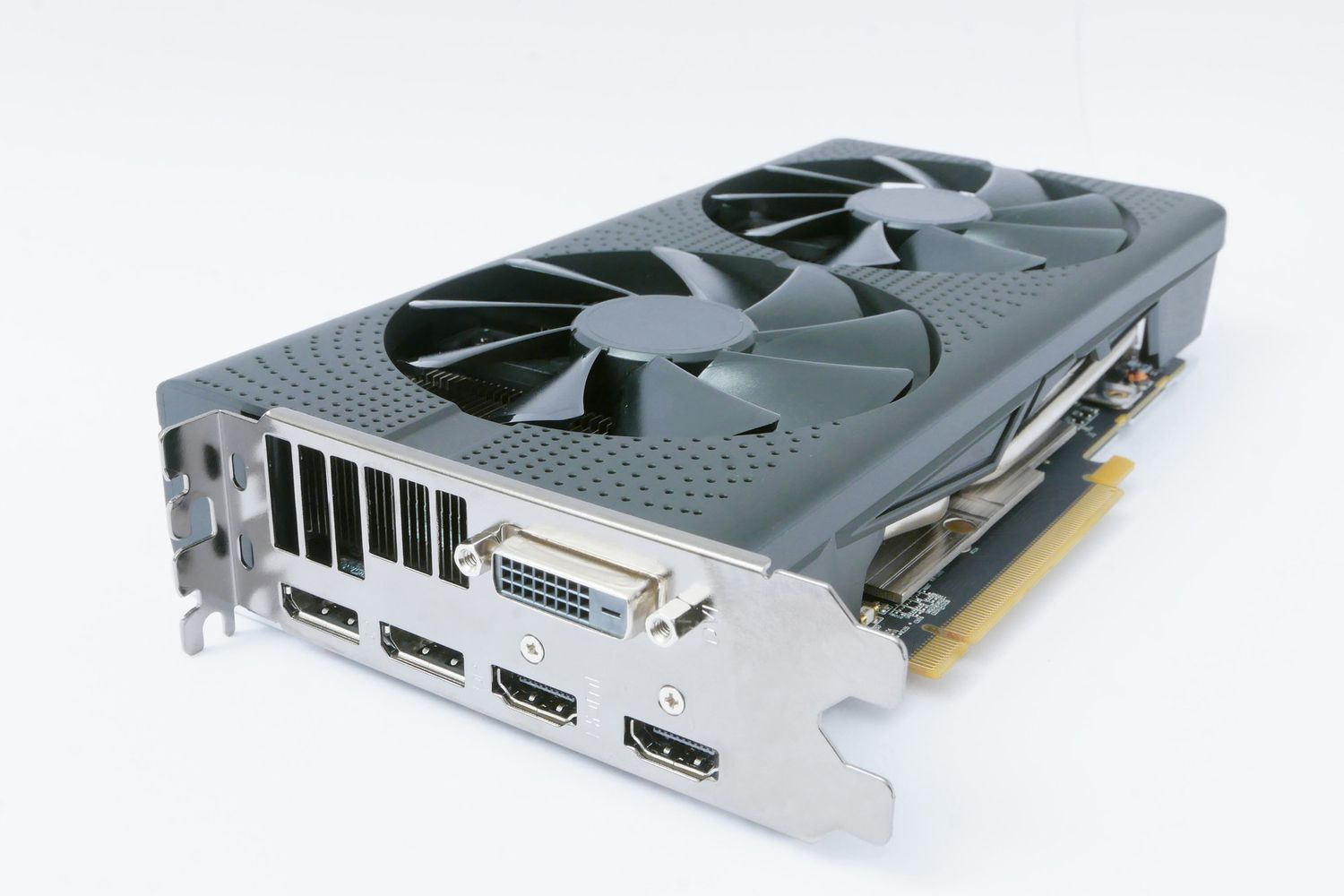Introduction
Welcome to this informative guide on how to check if your GPU (Graphics Processing Unit) is working properly. The GPU is a crucial component in your computer system responsible for rendering graphics and images, ensuring a smooth and visually pleasing experience. Whether you’re an avid gamer, a designer, or simply want to ensure your computer is functioning optimally, it’s essential to monitor and troubleshoot your GPU.
Having a faulty or underperforming GPU can lead to various issues, including graphical artifacts, system crashes, and decreased performance in graphics-intensive tasks. Therefore, it’s essential to have the capability to check if your GPU is functioning as expected and identify any potential issues.
In this guide, we will walk you through the steps to check your GPU’s functionality on different operating systems, including Windows, Mac, and Linux. Additionally, we’ll explore various methods to monitor your GPU’s temperature and usage, as these factors are crucial in ensuring your GPU is running efficiently and avoiding overheating.
Furthermore, we’ll delve into the importance of keeping your GPU drivers up to date and provide troubleshooting tips for common GPU issues. By the end of this guide, you’ll have a comprehensive understanding of how to assess and maintain the health of your GPU.
So, whether you’re experiencing graphical glitches or simply want to verify that your GPU is operating optimally, let’s dive into the different methods of checking and monitoring your GPU to ensure a smooth and enjoyable computer experience.
Checking GPU in Windows
If you’re using a Windows operating system, there are several ways to check if your GPU is working correctly. Here are a few methods to help you determine the status of your GPU:
- Using Device Manager: The Device Manager in Windows allows you to view and manage hardware devices, including your GPU. To access it, right-click on the Start button, select “Device Manager,” and expand the “Display adapters” category. Here, you’ll find the name of your GPU. If there are no exclamation marks or warning symbols, it indicates that your GPU is functioning properly.
- GPU-Z: GPU-Z is a free utility that provides detailed information about your GPU, including clock speeds, memory usage, and temperature. Download and install GPU-Z from the official website, launch the application, and you’ll find comprehensive information about your GPU model, driver version, and other vital details.
- Task Manager: The Task Manager in Windows allows you to monitor the performance of your GPU. To access it, right-click on the taskbar, select “Task Manager,” and navigate to the “Performance” tab. Click on “GPU” to view real-time GPU usage and other statistics. If your GPU is experiencing high usage during graphics-intensive tasks, it indicates that it is working correctly.
- Benchmarking Software: There are several benchmarking programs available, such as 3DMark and Heaven Benchmark, which stress-test your GPU’s capabilities and provide detailed reports. These tools can help you determine if your GPU is performing as expected and compare its performance against similar hardware.
By utilizing these methods, you can ensure that your GPU is functioning correctly in a Windows environment. Remember to regularly check for driver updates from your GPU manufacturer’s website to optimize performance and stability.
Checking GPU in Mac
If you’re using a Mac computer, there are several ways to check the status of your GPU and ensure its proper functioning. Here are a few methods to help you check your GPU in a Mac environment:
- About This Mac: Click on the Apple menu in the top-left corner of your screen and select “About This Mac.” In the new window that appears, click on the “System Report” button. Under the “Graphics/Displays” section, you’ll find information about your GPU, including the model, VRAM (Video RAM), and driver version.
- Activity Monitor: The Activity Monitor in Mac allows you to monitor the performance of various hardware components, including the GPU. To access it, go to “Applications,” then “Utilities,” and open “Activity Monitor.” In the “GPU History” tab, you can view real-time graphs and statistics related to GPU usage.
- Third-Party Software: There are third-party applications available for Mac that offer detailed information and monitoring of your GPU. One popular choice is iStat Menus, which provides real-time system monitoring, including GPU temperature, fan speed, and usage. Download and install iStat Menus from the official website to get comprehensive GPU information.
- OpenCL and Metal: Mac supports OpenCL (Open Computing Language) and Metal, which are APIs (Application Programming Interfaces) used for GPU computing and graphics rendering. You can verify GPU functionality by running applications or benchmarks that rely on these technologies. If the applications run smoothly without any graphical glitches, it indicates that your GPU is working correctly.
By utilizing these methods, you can ensure that your GPU is functioning properly on your Mac. It’s also recommended to keep your macOS version up to date and install any available updates for your GPU drivers to ensure optimal compatibility and performance.
Checking GPU in Linux
If you’re using a Linux distribution, checking the status of your GPU and ensuring its proper functionality can be done through various methods. Here are a few ways to check your GPU in a Linux environment:
- LSPCI Command: Open the terminal and use the LSPCI command to list all the PCI devices on your system. Look for the entry related to your GPU, which typically includes the GPU model and vendor information. This provides a quick way to verify that your GPU is detected by the system.
- GPU-Viewer: GPU-Viewer is a graphical utility that shows detailed information about your GPU. It provides information about the GPU model, driver version, OpenGL version, and more. Install GPU-Viewer using your distribution’s package manager and launch it to access the GPU information.
- NVIDIA-SMI: If you have an NVIDIA GPU and the appropriate drivers installed, you can use the NVIDIA System Management Interface (NVIDIA-SMI) command-line tool to check your GPU’s status. Open the terminal and run the ‘nvidia-smi’ command to display information such as GPU temperature, utilization, and driver version.
- AMD Radeon Software: If you have an AMD GPU, you can utilize the AMD Radeon Software to check and manage your GPU. Install the AMD Radeon Software from the official website and launch it to access GPU information, including driver version, temperature, and fan speed.
These methods allow you to check the status of your GPU in a Linux environment. It’s important to keep your GPU drivers up to date by utilizing package managers or official driver installation methods provided by your GPU manufacturer. Regularly updating your drivers can enhance performance and ensure compatibility with the latest software and kernel updates.
Monitoring GPU Temperature
Monitoring the temperature of your GPU is crucial for ensuring its optimal performance and preventing overheating, which can lead to performance throttling, stability issues, and potential damage to the hardware. Here are a few methods to monitor GPU temperature:
- GPU Manufacturer Software: Many GPU manufacturers provide their own software utilities that allow you to monitor various aspects of your GPU, including temperature. For example, NVIDIA provides NVIDIA Control Panel and AMD offers AMD Radeon Software, both of which display GPU temperature along with other vital information. Check the respective websites of your GPU manufacturer to download and install their software.
- Third-Party Monitoring Tools: There are several third-party applications available that specialize in monitoring hardware components, including GPU temperature. One popular choice is MSI Afterburner, which supports both NVIDIA and AMD GPUs. After installation, launch the application, and you’ll be able to monitor your GPU’s temperature in real-time.
- System Monitoring Utilities: Some system monitoring utilities, such as HWMonitor, HWiNFO, and Speccy, provide comprehensive information about various hardware components, including GPU temperature. Install one of these utilities and look for the GPU temperature readings in the respective GPU section.
- Command-Line Tools: If you prefer working in the terminal, you can use command-line tools to monitor GPU temperature. For NVIDIA cards, you can utilize the ‘nvidia-smi’ command (available with NVIDIA drivers) to display the GPU temperature in real-time. For AMD cards, you can use the ‘radeontop’ command (available with mesa-utils package) to monitor GPU temperature.
By regularly monitoring your GPU temperature, you can ensure that it remains within safe operating limits. If you notice temperatures exceeding recommended levels, consider improving system airflow, cleaning dust from cooling components, or adjusting fan curves (if available) to keep the GPU temperature under control. Additionally, be aware of any signs of abnormal temperature spikes or consistent high temperatures, as these may indicate underlying hardware issues that require further investigation or professional assistance.
Monitoring GPU Usage
Monitoring the usage of your GPU is useful for understanding its workload and performance. By keeping an eye on GPU usage, you can ensure that it’s being utilized efficiently to meet the demands of your applications and games. Here are a few methods to monitor GPU usage:
- Task Manager: In Windows, the Task Manager provides a convenient way to monitor the GPU usage. To open it, right-click on the taskbar and select “Task Manager.” In the “Performance” tab, click on “GPU” to view the real-time GPU usage graph and related statistics. Keep an eye on the GPU utilization percentage to determine its workload.
- GPU-Z: GPU-Z, a utility available for Windows, allows you to monitor various aspects of your GPU’s performance, including usage. After installing GPU-Z, launch the application and navigate to the “Sensors” tab. Here, you’ll find the GPU utilization percentage, along with other relevant data like GPU clock and memory usage.
- Third-Party Monitoring Tools: There are several third-party applications that specialize in monitoring GPU usage. One such tool is MSI Afterburner, which not only provides GPU temperature monitoring but also displays GPU utilization in real-time. Install and launch the application to access the GPU utilization information.
- Command-Line Tools: If you prefer using the command line, you can utilize tools like ‘nvidia-smi’ for NVIDIA GPUs or ‘radeontop’ for AMD GPUs. These command-line tools provide detailed information on GPU usage, including utilization percentage, memory usage, and more.
By monitoring the GPU usage, you can identify whether your GPU is operating at its full potential or if there are any performance bottlenecks. High GPU usage during graphics-intensive tasks is expected, but persistently low GPU usage in demanding applications or games may indicate underlying issues that need to be addressed, such as outdated drivers or insufficient system resources.
By regularly monitoring the GPU usage, you can ensure that your GPU is utilized effectively, enabling smoother performance and optimal utilization of its capabilities.
Checking GPU Driver
Ensuring that you have the latest and compatible GPU drivers installed on your system is crucial for optimal GPU performance and compatibility with software applications. Here are a few methods to check and update your GPU drivers:
- Device Manager: In Windows, you can use the Device Manager to check for GPU driver updates. Right-click on the Start button, select “Device Manager,” and expand the “Display adapters” category. Right-click on your GPU and select “Update driver.” Windows will search for the latest driver updates and install them if available.
- Manufacturer Websites: Visit the official website of your GPU manufacturer (e.g., NVIDIA, AMD, Intel) and navigate to the “Drivers” or “Support” section. Use their driver download tool or search for your specific GPU model to find the latest driver version. Download and install the driver following the provided instructions.
- Automatic Update Tools: Both Windows and macOS offer automatic updates for drivers, including GPU drivers. Ensure that the automatic update feature is enabled in your system settings to receive the latest GPU driver updates automatically. However, it’s recommended to periodically check for updates manually to ensure you have the most recent version installed.
- Third-Party Driver Updaters: There are several third-party tools available, such as Driver Booster and Driver Easy, that can scan your system for outdated drivers, including GPU drivers. These tools can simplify the driver update process by automatically detecting and installing the necessary updates.
Regularly checking and updating your GPU drivers is essential for optimal performance and compatibility with the latest software and games. Outdated drivers can lead to performance issues, graphical glitches, or even system crashes. By keeping your GPU drivers up to date, you can take advantage of bug fixes, performance optimizations, and new features provided by the GPU manufacturer.
Remember to restart your system after installing or updating GPU drivers to ensure the changes take effect. If you encounter any issues after updating the drivers, consider rolling back to a previous version or seeking support from the GPU manufacturer’s website or forums.
Troubleshooting GPU Issues
GPU-related issues can sometimes arise, impacting performance, stability, and visual quality. Here are some troubleshooting steps to help resolve common GPU issues:
- Update GPU Drivers: Outdated or incompatible GPU drivers can cause a range of problems. Start by checking for driver updates through the manufacturer’s website or the device manager in your operating system. Install the latest drivers to ensure compatibility and access to bug fixes and performance enhancements.
- Check for Overheating: GPU overheating can cause performance degradation and even system crashes. Ensure that your GPU fan is functioning properly, and monitor the GPU temperature using software tools. If the temperature is consistently high, clean any dust buildup from the fan or consider applying new thermal paste to the GPU.
- Reset GPU Settings: In case you experience graphical anomalies or unexpected behavior, resetting the GPU settings can often resolve the issue. Use the manufacturer’s software or your operating system’s graphics settings to reset the GPU to its default settings.
- Ensure Sufficient Power Supply: Insufficient power supply to the GPU can cause performance issues and instability. Verify that your power supply unit (PSU) can adequately support your GPU’s power requirements. Consider upgrading the PSU if necessary.
- Check for Hardware Compatibility: Make sure that your GPU is compatible with your motherboard and other hardware components. Check for compatibility lists provided by the manufacturer or consult technical documentation to ensure all components work well together.
- Scan for Malware: Malware or viruses can affect GPU performance and cause system instability. Run a thorough scan using reliable antivirus software to detect and remove any malicious programs.
- Reinstall GPU Drivers: If you continue to experience issues, try reinstalling the GPU drivers. Completely uninstall the existing drivers using the manufacturer’s uninstallation utility or a third-party driver cleanup tool. Then, reinstall the drivers from scratch.
- Seek Professional Help: If you have tried the above troubleshooting steps without success, it may be necessary to seek assistance from a professional technician who specializes in GPU repair and diagnostics. They can provide a comprehensive analysis of the issue and offer appropriate solutions.
Remember to save any important files and create backups before attempting any troubleshooting steps that involve drivers or hardware changes. This way, you can ensure the safety of your data.
By following these troubleshooting techniques, you can resolve common GPU issues and restore optimal performance and stability to your system.
Conclusion
Checking the functionality of your GPU is essential for ensuring optimal performance, stability, and visual quality in your computer system. Whether you’re a gamer, a designer, or a general user, understanding how to monitor and troubleshoot your GPU can help you identify and resolve issues that may arise.
In this guide, we explored various methods to check your GPU in different operating systems, including Windows, Mac, and Linux. We also discussed the importance of monitoring GPU temperature and usage to ensure efficient and safe operation. Additionally, we highlighted the significance of updating GPU drivers regularly for compatibility and performance improvements.
Troubleshooting GPU issues is an important aspect of maintaining a smoothly running system. By following the troubleshooting steps outlined in this guide, you can identify and resolve common problems that may arise with your GPU, such as outdated drivers, overheating, or compatibility issues.
Remember to consult your GPU manufacturer’s website for specific instructions and software tools to optimize your GPU’s performance. Regularly check for driver updates, keep an eye on GPU temperature, and monitor GPU usage to maintain a healthy and efficient GPU. In case you encounter persistent issues or need further assistance, consider seeking help from professional technicians.
By utilizing the knowledge and techniques provided in this guide, you can ensure that your GPU is functioning optimally, enabling you to enjoy seamless graphics, smoother performance, and an overall enhanced computing experience.







